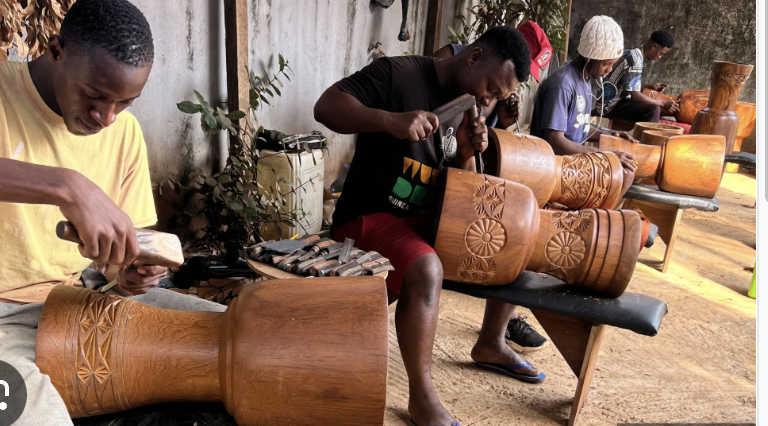When it comes to the pricing of traditional musical instruments, particularly drums such as the djembe and conga, the judgments people make about their worth can be deeply misinformed and influenced by cultural biases.
Many individuals fail to grasp the significant amount of work, craftsmanship, and cultural significance that underpin these instruments, leading to a narrow understanding of their true value.
Cultural Misunderstanding:
The worth of instruments like the djembe or conga is intricately linked to their cultural heritage, which many people might not fully appreciate.
These drums are not merely tools for making music; they embody centuries of tradition, spirituality, and community. Unfortunately, individuals often overlook this rich history when evaluating the drums, focusing instead on superficial considerations.
Such cultural ignorance can precipitate misconceptions about their worth, causing people to judge these instruments primarily through a lens of market value rather than recognizing the artistry and labor that goes into their creation.
Implicit Bias Against Drumming:
Moreover, there exists a subtle, yet pervasive cultural bias against drums and drumming practices. Many people equate traditional drumming with less sophistication compared to other instruments like the violin or piano, which are often seen as more ‘refined.’
This bias can skew perceptions of worth, leading some to regard drums as mere percussion instruments rather than as vessels of profound artistic expression and cultural storytelling.
When people fail to appreciate the intricacies of drumming and its significance in various cultures, they may unjustly deem them less valuable.
Market Comparisons:
Consumers often gauge the worth of a djembe by comparing it to more familiar instruments, such as a Martin guitar or a Yamaha piano. However, such comparisons can be misleading.
The unique craftsmanship involved in making a djembe, from sourcing indigenous woods to meticulously preparing animal skins, does not easily translate to other types of instruments. Each drum embodies labor and artistry specific to its cultural roots, which cannot be fairly assessed against mainstream, mass-produced options.
Material and Labor Costs:
Moreover, the process of creating quality drums is labor-intensive and demands the skill of artisans. Many consumers overlook the substantial investment of time and skill required to create these traditional instruments. As a result, they might perceive the prices of djembes or congas as inflated, failing to recognize the craft behind them and the economic realities faced by artisans.
Perception of Value:
The context in which instruments are played also affects their perceived value. A professional musician might appreciate the quality of a conga and its vital role in Latin music, while someone with less experience may view it as merely an accessory. This discrepancy highlights how familiarity and exposure to particular musical genres can shape one’s understanding of an instrument’s worth.
Market Dynamics:
Trends in the musical instrument market further complicate these perceptions. If a specific type of drum gains popularity, its price may rise due to increased demand. Consumers, blind to the cultural significance and labor involved, may react negatively, feeling the price is unjustifiable based solely on market fluctuations.
Art vs. Commodity:
Finally, there is an ongoing tension between recognizing traditional instruments as art forms versus commercial commodities. Instruments like the djembe are often crafted with love and skill, embodying the values of the cultures they originate from.
In contrast, mass-manufactured instruments can be viewed primarily as consumer products, which may lead to differing opinions on what constitutes a fair price.
In conclusion, the judgments surrounding the pricing of traditional drums like djembes and congas are often clouded by a combination of cultural misunderstanding, implicit bias, and a lack of awareness regarding the labor and artistry involved in their creation.
By fostering an appreciation for the intricate craft and rich cultural narratives behind these instruments, we can come to a deeper understanding of their true worth in the musical landscape.

